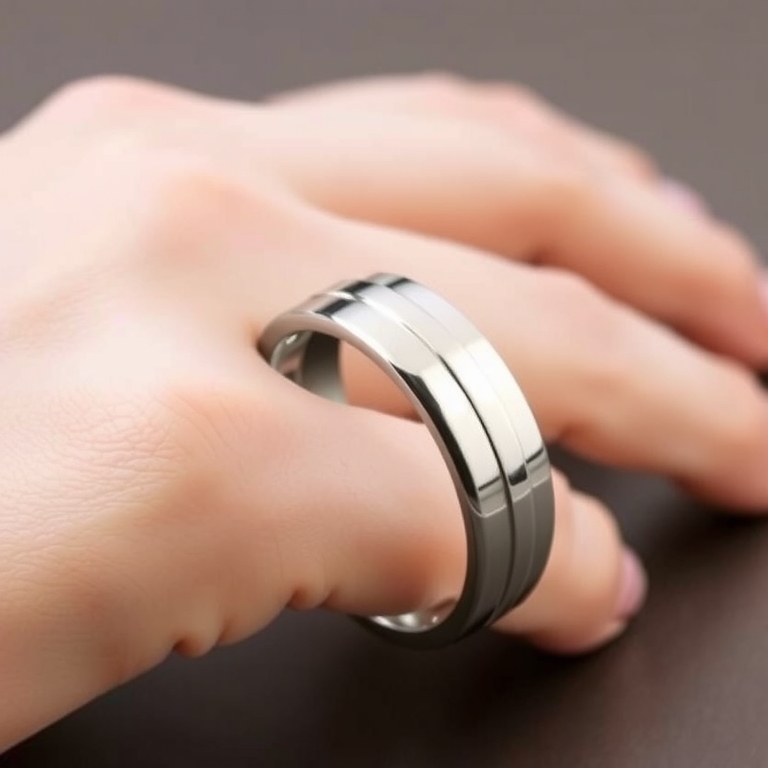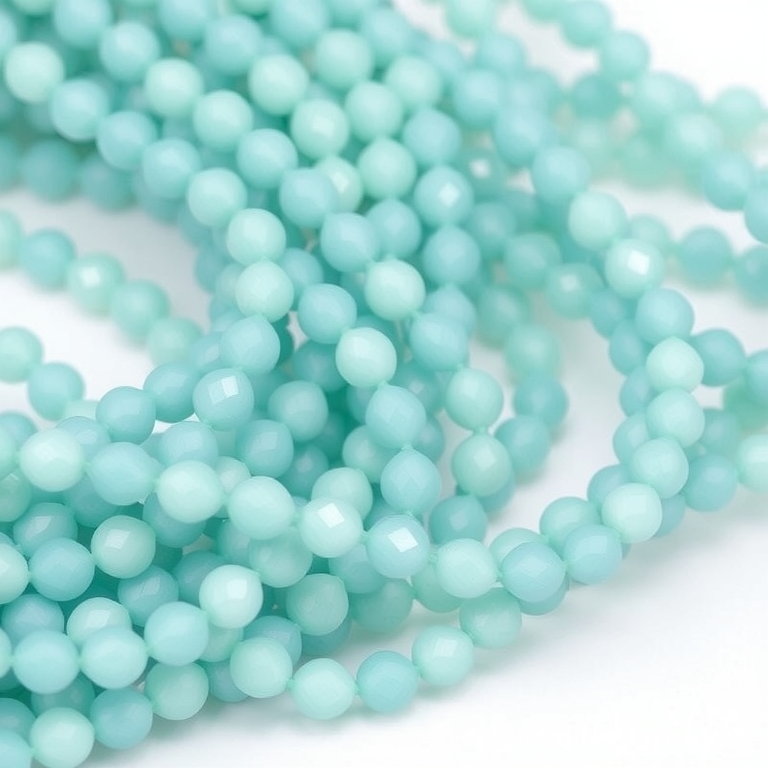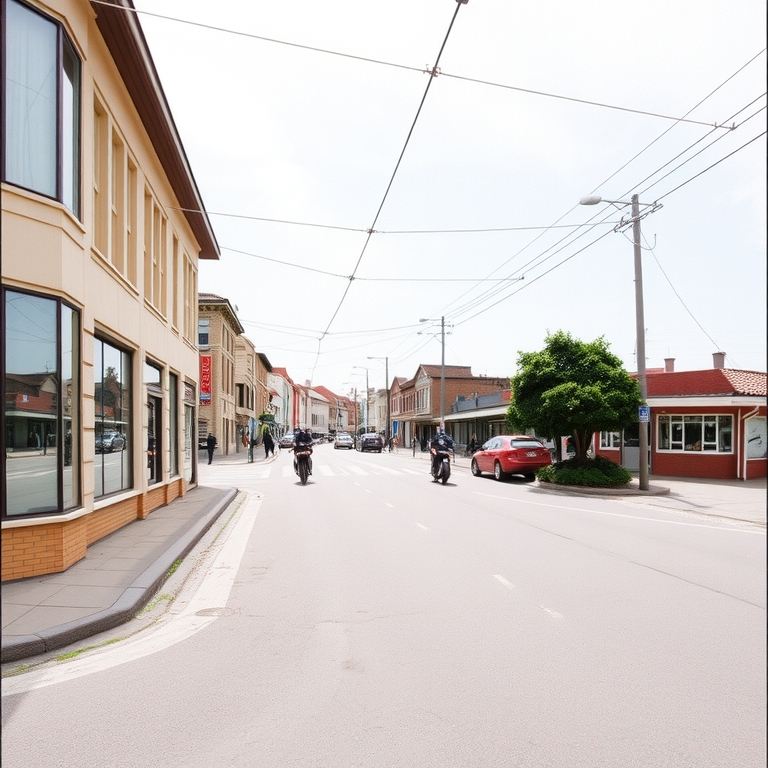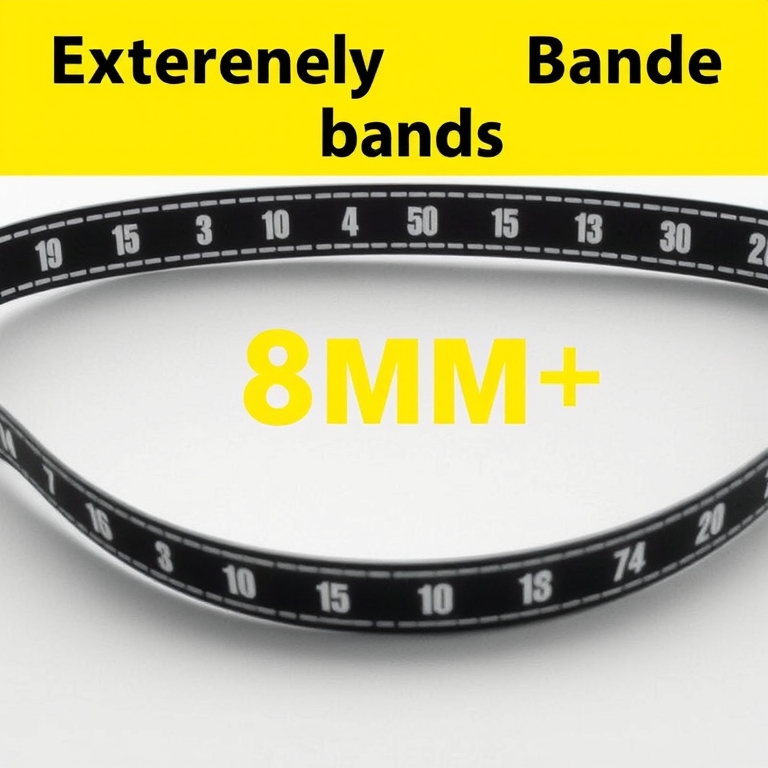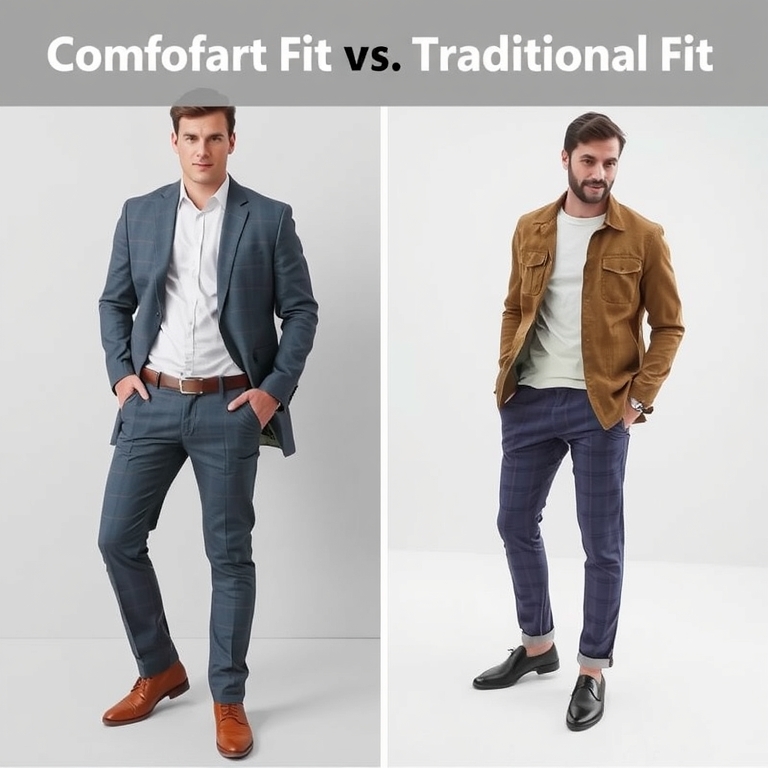Choosing the right ring band width is crucial for comfort and long-term wear. A poorly chosen width can lead to discomfort, even pain, and potentially damage to the ring itself.
This guide explores ten popular ring band widths, detailing their advantages and disadvantages. We’ll consider factors like activity level, hand size, and personal style to help you make an informed decision.
Ultimately, the best ring band width is subjective and depends on your individual needs and preferences. Let’s dive in and discover the perfect fit for you!
-
1mm: Delicate and Minimalist
A 1mm band is exceptionally slender and subtle, ideal for those who prefer a minimalist aesthetic. Its delicate nature makes it lightweight and comfortable for everyday wear.
However, this thin width can be prone to bending or scratching, requiring more careful handling. It’s best suited for individuals with smaller hands or those who prioritize a low-profile look.
Consider a more durable metal like platinum or palladium for extra strength if you choose a 1mm band. Regularly inspect the ring for any signs of wear and tear.
-
2mm: Dainty Yet Durable

2mm: Dainty Yet Durable A 2mm ring band offers a delicate yet surprisingly durable option. Its slender profile is comfortable for everyday wear, minimizing the chance of snagging or catching. Consider a slightly domed profile for added strength and a more comfortable fit.
For those who prefer a bit more visual presence, a 2.5mm band provides a happy medium. This width maintains comfort while offering a slightly bolder look. A slightly rounded inner edge enhances comfort, especially for those with sensitive skin.
A subtle variation involves using different metals. Platinum or palladium in a 2mm width offer exceptional durability and a luxurious feel. Rose gold or yellow gold can add warmth and personality to a thinner band, maintaining comfort.
Ultimately, the best choice depends on personal preference and lifestyle. Try on various widths to determine what feels most comfortable on your finger. Consider your activity level and hand size when making your decision.
-
3mm: Classic and Versatile

3mm: Classic and Versatile A 3mm ring band width offers a classic and versatile choice for everyday wear. It’s substantial enough to feel significant without being overly bulky or cumbersome. This width suits a variety of ring styles, from simple bands to more intricate designs.
For added comfort, consider a slightly rounded or comfort-fit interior. This helps the ring glide smoothly against your finger and prevents pinching or digging. A dome profile can also enhance the comfortable feel, adding a touch of elegance.
If you prefer a more delicate look, you can opt for a 2.5mm band, maintaining comfort while minimizing visual impact. Conversely, if you prefer a bolder statement, a 3.5mm band can provide a slightly more substantial feel without sacrificing wearability.
Ultimately, the best ring band width is a personal preference. Try on different widths to determine which feels most comfortable and aesthetically pleasing to you. Consider the overall style of the ring and your lifestyle when making your decision.
-
4mm: Substantial and Statement-Making

4mm: Substantial and Statement-Making A 4mm ring band width offers a great balance between a noticeable presence and comfortable everyday wear. It’s substantial enough to make a statement, yet slender enough to avoid feeling bulky or cumbersome. This width is versatile and suits various ring styles, from classic bands to more ornate designs.
Consider a slightly domed profile for added comfort; the rounded shape reduces pressure points and allows for smoother skin contact. For a more modern aesthetic, explore a flat band in 4mm; its clean lines offer a contemporary feel. Adding a subtle texture, like a hammered finish, can also enhance the visual interest without compromising comfort.
If you prefer a more delicate look but still want a noticeable band, consider a 3.5mm width as a comfortable alternative. Conversely, a 4.5mm width provides a bolder statement while still remaining relatively comfortable for most people. Experiment with different metal types; platinum or palladium might feel slightly lighter than gold for the same width.
Ultimately, the best width depends on your personal preference and lifestyle. Try on different widths in your preferred metal before making a decision. Pay attention to how the ring feels after wearing it for a while to ensure long-term comfort.
-
5mm: Bold and Noticeable

5mm: Bold and Noticeable A 5mm ring band width offers a great balance between boldness and comfort. It’s wide enough to make a statement, showcasing a larger gemstone or intricate detailing. However, it remains comfortable for everyday wear, avoiding the bulkiness of wider bands.
Consider a slightly domed profile for added comfort. This subtle curve follows the finger’s natural shape, reducing pressure points and potential discomfort. A softly rounded edge also minimizes the risk of snagging on clothing or hair.
For those who prefer a less pronounced width, a 4.5mm band provides a similar aesthetic with slightly improved comfort. This narrower option maintains visibility while minimizing potential bulk, making it a versatile choice for various lifestyles. A beveled edge adds a touch of elegance and can further improve comfort.
Ultimately, personal preference and lifestyle significantly impact comfort. Try on rings in different widths to gauge your comfort level. Experiment with different profiles, like flat or comfort fit, to determine which suits your finger best.
-
6mm: Wide and Imposing

6mm: Wide and Imposing A 6mm ring band width offers a substantial presence on the finger without feeling overly bulky for most individuals. This width is a popular choice for men’s wedding bands, offering a balance between visibility and comfort. Consider a slightly domed profile for enhanced comfort, minimizing sharp edges that might dig into the skin.
For women, a 6mm band can make a bold statement, especially with intricate designs or gemstone accents. A comfort-fit interior can significantly improve the wearing experience, preventing pinching or irritation. You might opt for a flatter profile if you prefer a more understated look while maintaining the substantial width.
Variations on the 6mm width include slightly wider or narrower bands, such as 5.5mm or 6.5mm, offering fine-tuning for personal preference and finger size. The material also impacts comfort; softer metals like platinum or palladium might feel more comfortable than harder metals like tungsten.
Ultimately, the best way to determine the most comfortable ring band width is to try on several different sizes and styles. Visit a reputable jeweler and explore various options before making your decision. Pay close attention to how the ring feels throughout the day, considering both the band’s width and its profile.
-
7mm: A Very Wide Band

7mm: A Very Wide Band A 7mm ring band width is considered quite wide, offering a substantial presence on the finger. This width is a popular choice for men’s rings, and increasingly so for women’s. However, it’s important to consider comfort, as a wider band can feel more substantial and potentially restrict movement.
For optimal comfort with a 7mm band, choose a slightly domed or contoured profile. A flat band can feel more rigid and less comfortable for extended wear. Consider materials like platinum or palladium for their durability and lighter feel compared to heavier metals.
Comfort also depends on the ring’s fit. A perfectly fitted 7mm ring will feel secure without being tight. Avoid overly snug fits, which can restrict blood flow and lead to discomfort. A slightly loose fit might increase the chance of accidental slippage.
Some people find a 7mm band too wide, especially for everyday wear. In that case, slightly narrower options at 6mm or even 5mm might be more comfortable, while still making a statement. A beveled edge can create visual interest in a narrower band, offering a stylish alternative to an overly wide band.
-
8mm+: Extremely Wide Bands

8mm+: Extremely Wide Bands For those who prefer a bold statement, 8mm and wider bands offer a substantial presence. This width is ideal for men, particularly those with larger hands, or anyone who prefers a more substantial feel. However, keep in mind that extremely wide bands can feel weighty and might not be suitable for all-day wear.
Consider the material when choosing an 8mm+ band. Heavier metals like platinum or certain types of gold can feel significantly heavier than lighter metals such as titanium or palladium. Comfort is key, so experiment with different metals to see what feels best on your finger.
Slightly tapered bands offer a compromise between a wide band’s bold look and everyday comfort. A taper can subtly reduce the width at the base of the ring, reducing bulk and improving the fit. Explore variations in the taper degree to adjust the balance between visual impact and comfort.
Ultimately, the best width depends on personal preference and lifestyle. Try on different widths in the style you prefer to find what you find most comfortable. Don’t hesitate to ask for expert advice from a jeweler; they can guide you toward the perfect band width for your needs.
-
Comfort Fit vs. Traditional Fit

Comfort Fit vs. Traditional Fit Choosing the right ring band width significantly impacts comfort. Wider bands (6mm and up) offer a more substantial feel, which some find comforting and secure. However, wider bands can feel bulky or get caught on clothing, especially for those with smaller fingers. Consider your lifestyle and personal preference when selecting a wider band.
Narrower bands (4mm and under) generally feel more delicate and lightweight. They’re less likely to snag and are often preferred for everyday wear, particularly for active individuals. However, thinner bands might feel less substantial or secure to some. Experiment with different widths to see what feels best on your finger.
A ‘comfort fit’ ring is designed with a slightly rounded inner surface, which reduces friction and improves the overall wearing experience. This design minimizes pinching and digging, making it a great choice for individuals who prioritize comfort. Comfort fit rings are often available in a range of widths, so you can find the perfect balance of comfort and style.
Ultimately, the best ring band width is subjective and depends on individual preferences and lifestyle. Try on several different widths and styles before making a decision. Don’t hesitate to ask a jeweler for guidance; they can offer valuable insights based on your finger size and hand shape. Consider the metal; some softer metals may be more comfortable than harder ones.
-
Metal Considerations for Comfort

Metal Considerations for Comfort Choosing the right ring band width significantly impacts comfort. Thinner bands, around 2mm, are generally more comfortable for everyday wear, feeling less bulky and less likely to snag. However, thinner bands may show wear and tear more quickly and might not be as durable for those with active lifestyles.
Medium-width bands, ranging from 3mm to 5mm, offer a good balance between comfort and durability. They’re substantial enough to feel secure and less prone to damage but remain comfortable for most people. Consider the metal; platinum is dense, so a thinner platinum band might feel heavier than a thicker gold one.
Wider bands, above 5mm, make a bolder statement but may feel more cumbersome for some. Comfort can depend on the ring’s profile; a flat band might be more comfortable than a high dome. If you prefer a wider band, opt for a lighter metal like yellow or white gold to reduce weight.
Ultimately, the best band width is a personal preference. Experiment with trying on different widths in your preferred metal. Consider your lifestyle and daily activities to choose a width that balances style and comfort for long-term wear.
Editor’s Recommendations
- Try on various ring widths before purchasing.
- Consider the metal’s weight and hypoallergenic properties.
- Opt for a comfort fit for enhanced comfort.
Conclusion
Selecting the ideal ring band width is a personal journey involving aesthetics and practicality. Consider your lifestyle, hand size, and desired aesthetic.
Remember to prioritize comfort; a well-fitting ring should feel comfortable all day. Don’t hesitate to try on different widths to find the perfect match.

